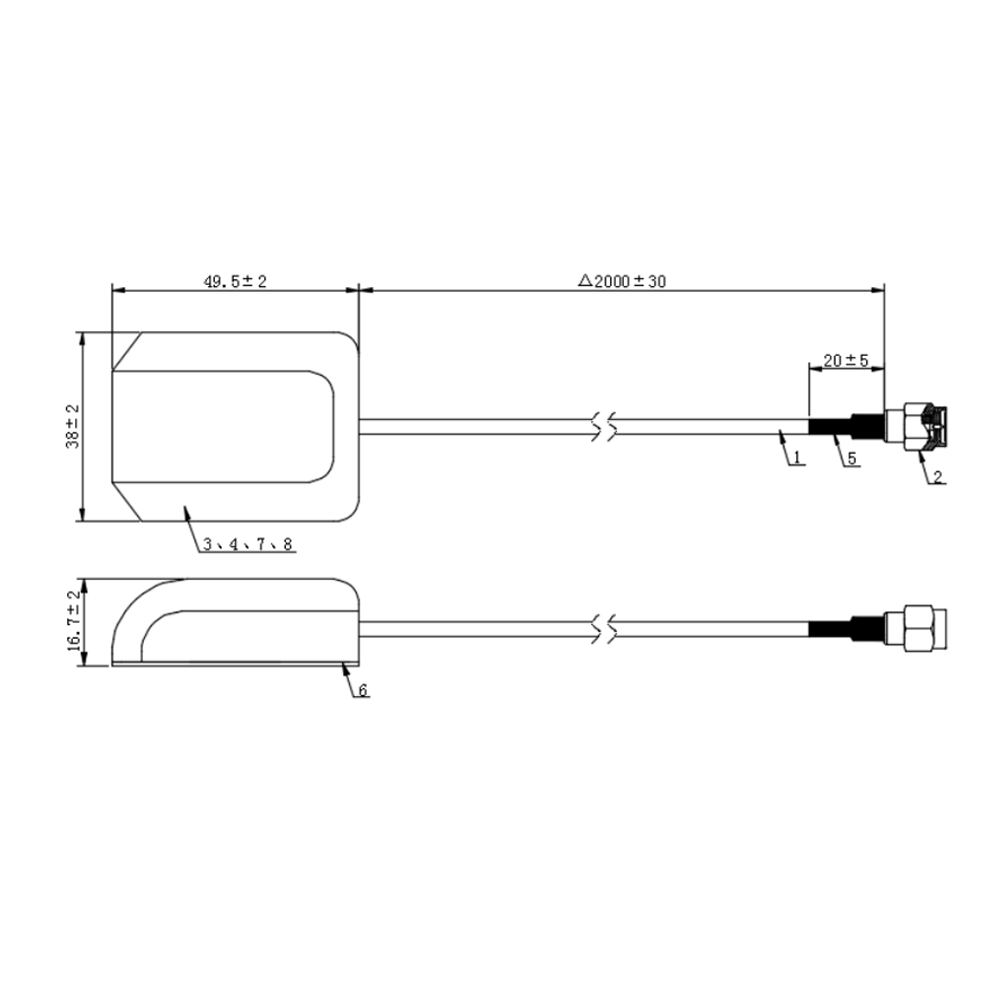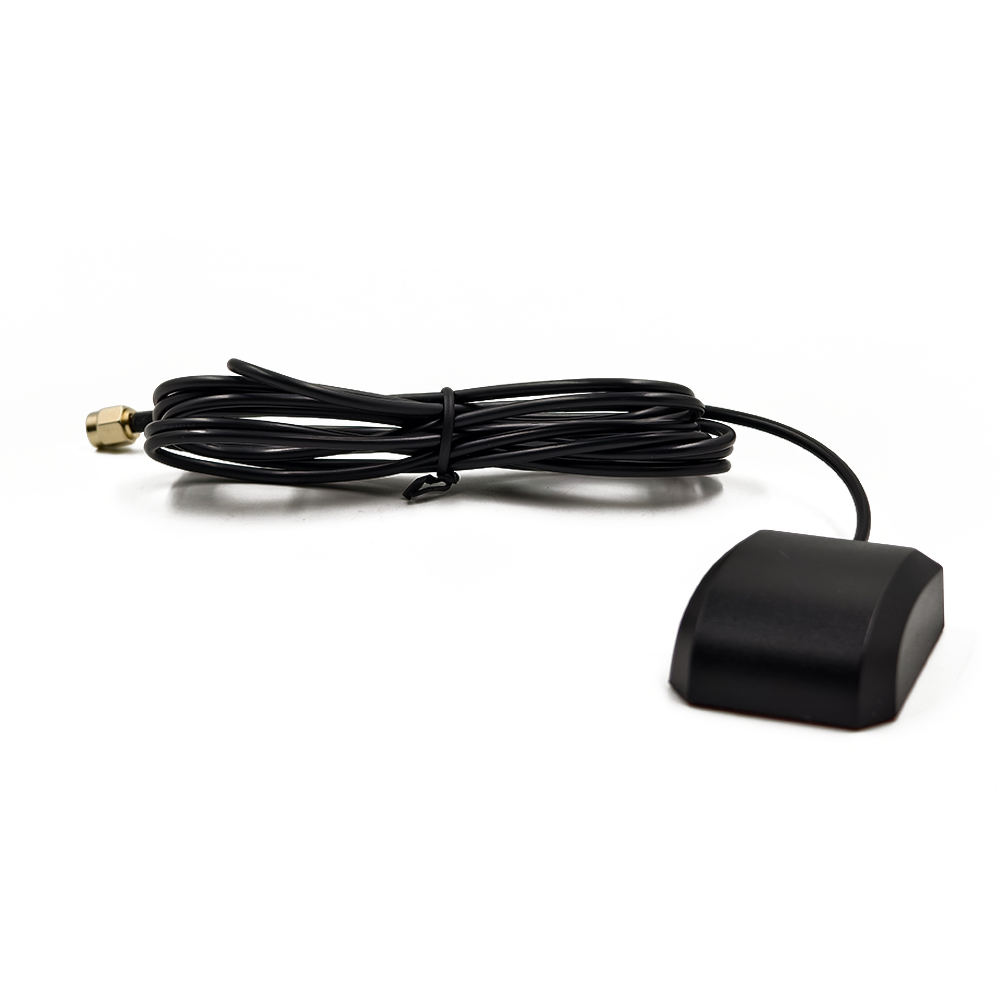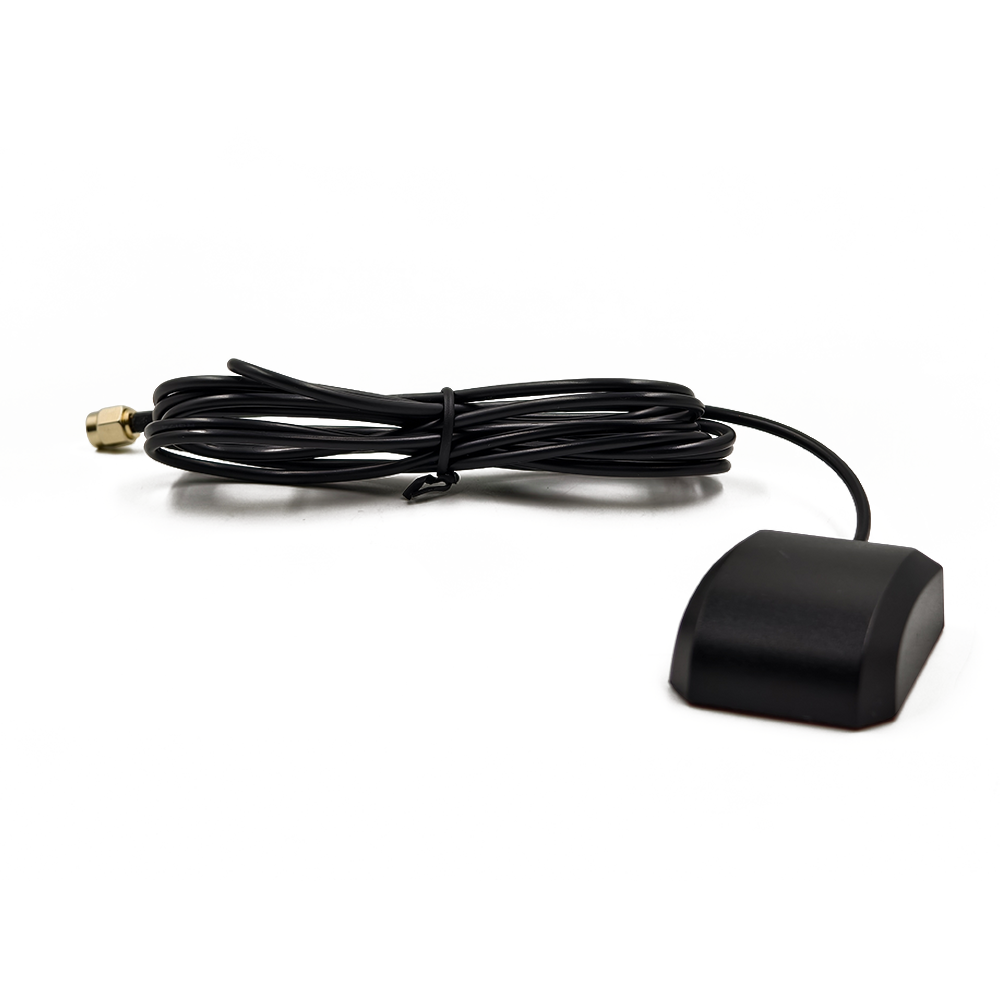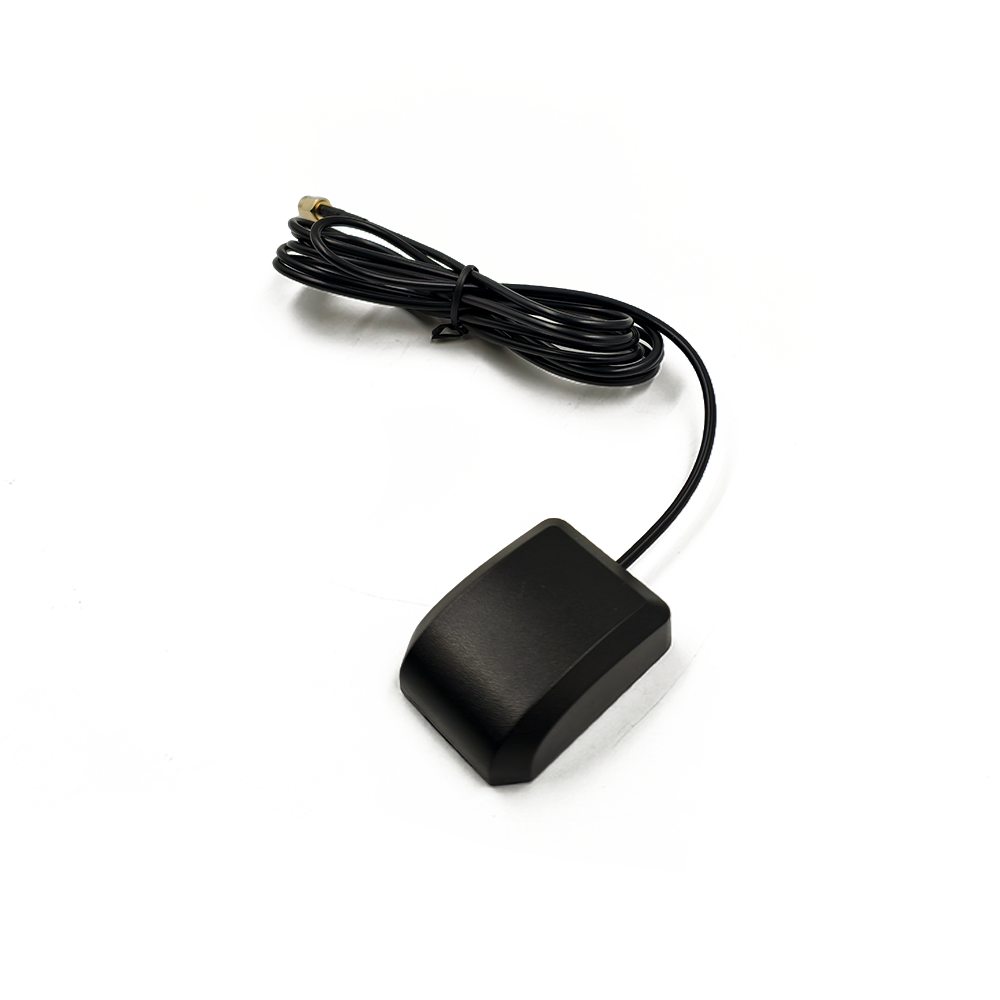External Iridium antennas with strong signal reception are deployed across a diverse range of industries, where their global coverage, ruggedness, and reliability address critical communication needs in remote or harsh environments. From enabling maritime navigation to supporting disaster response, these antennas have become indispensable tools for operations where no other communication option exists. As technology evolves—driven by the growth of IoT, renewable energy, and global remote operations—new trends are emerging that will expand their capabilities and unlock new applications. This section explores the current use cases of these antennas and the key trends shaping their future.
Current Applications
Maritime Navigation and Offshore Operations
The maritime industry is one of the largest users of external Iridium antennas with strong signal reception. Ships, boats, and offshore platforms rely on these antennas to maintain communication with shore-based operations, access weather updates, and send distress signals. Marine dome antennas (patch elements in rugged enclosures) are mounted on vessel masts or roofs, providing 360° sky visibility and resistance to saltwater, high winds, and heavy rain. For example, a cargo ship traveling across the Pacific Ocean uses an external Iridium antenna to transmit real-time position data to its shipping company, enabling route optimization and cargo tracking. Offshore oil rigs use these antennas to communicate with onshore control centers, transmitting data on rig operations, equipment status, and worker safety. In emergency situations—such as a ship taking on water or a rig fire—the antenna enables the crew to send distress signals via the GMDSS, ensuring rapid response from rescue teams.
Aerospace and Aviation
In aerospace and aviation, external Iridium antennas are used for in-flight communication, flight data monitoring, and emergency support. Small aircraft (e.g., private planes, cargo drones) and helicopters use whip or low-profile patch antennas mounted on the fuselage or wing, providing reliable connectivity even at high altitudes and speeds. These antennas enable pilots to communicate with air traffic control in remote areas (e.g., mountainous regions, oceanic airspace) where terrestrial radio coverage is unavailable. They also transmit real-time flight data (e.g., altitude, speed, fuel level) to ground stations, helping to monitor flight safety and optimize routes. For example, a cargo drone delivering medical supplies to a remote village uses an external Iridium antenna to send its location and payload status to a ground control team, ensuring the delivery is on track. In emergency situations—such as engine failure or loss of navigation— the antenna enables the pilot to send an emergency position-indicating radio beacon (EPIRB) signal, guiding rescue teams to their location.
Emergency Response and Disaster Relief
Emergency response teams—including fire departments, paramedics, and search-and-rescue (SAR) units—rely on external Iridium antennas to establish communication in disaster zones where terrestrial networks are destroyed. These antennas are deployed on emergency vehicles (trucks, ATVs), portable command centers, and handheld terminals, providing 24/7 connectivity for coordinating relief efforts. For example, after an earthquake, a SAR team uses an external Iridium antenna to transmit the location of trapped survivors to a central command center, enabling the deployment of rescue equipment and personnel. In hurricane-prone regions, emergency management agencies use fixed base station antennas to monitor weather conditions and send evacuation alerts to remote communities. The antenna’s ruggedness ensures it remains operational even in the aftermath of a disaster—withstanding high winds, flooding, and debris—and its global coverage ensures that teams can communicate with external relief organizations, even if local networks are down.
Remote Research and Exploration
Scientists and researchers working in remote locations—such as the Arctic, Antarctic, rainforests, or deserts—use external Iridium antennas to transmit research data and maintain communication with their home institutions. These antennas are integrated into research stations, weather buoys, and portable data loggers, enabling the collection and transmission of critical data (e.g., climate data, wildlife tracking, geological measurements). For example, a team studying Arctic ice melt uses an external Iridium antenna to send real-time temperature and ice thickness data to a global climate database, helping to monitor the effects of climate change. A wildlife researcher in the Amazon rainforest uses a portable terminal with a whip antenna to track the movement of endangered species via GPS collars, transmitting location data back to a research center. The antenna’s ability to operate in extreme temperatures (-40°C to 85°C) and resist moisture and dust ensures that research can continue uninterrupted, even in the harshest environments.
Industrial IoT and Remote Asset Tracking
In industrial settings—such as mining, oil and gas, and renewable energy—external Iridium antennas are used for remote asset tracking and IoT sensor data transmission. These antennas are mounted on mining vehicles, offshore wind turbines, and pipeline monitoring sensors, providing real-time visibility into asset location and performance. For example, a mining company uses external Iridium antennas on its trucks and excavators to track their location in remote mines, optimizing equipment utilization and preventing theft. An offshore wind farm uses these antennas to transmit data from turbine sensors (e.g., wind speed, blade rotation, power output) to an onshore control center, enabling predictive maintenance and maximizing energy production. A pipeline operator uses antennas on remote sensors to monitor pipeline pressure and detect leaks, transmitting alerts to a central monitoring system if an issue is detected. The antenna’s reliability and global coverage ensure that industrial operations can be monitored and managed even in locations with no terrestrial connectivity.
Future Trends
Integration with Multi-Constellation Support
A key future trend for external Iridium antennas with strong signal reception is the integration of multi-constellation support—enabling them to communicate with other satellite networks (e.g., GPS, Galileo, BeiDou, Starlink) in addition to Iridium. This will improve signal reliability and coverage, especially in obstructed environments (e.g., dense forests, urban canyons) where Iridium signal visibility may be limited. For example, a multi-constellation antenna could switch to GPS or Galileo if Iridium satellites are not in view, ensuring continuous connectivity. This trend is driven by the growing availability of multi-constellation modems and the demand for more resilient communication systems in critical applications like emergency response and industrial IoT. Manufacturers are already developing antennas with dual-band or tri-band elements that support Iridium’s L-band and other satellite frequencies, and this trend will accelerate as multi-constellation technology becomes more affordable.
Miniaturization and Low-Power Design
As IoT devices and portable terminals become smaller and more battery-powered, there is a growing demand for miniaturized external Iridium antennas with low-power consumption. Manufacturers are using advanced materials (e.g., thin-film ceramics for patch elements, micro-LNAs) to reduce the size and weight of antennas—while maintaining strong signal reception. For example, a future miniaturized whip antenna could be 10–15 cm long (half the size of current models) and weigh less than 50 grams, making it ideal for small portable devices like handheld trackers or wearable safety devices. Low-power LNAs are also being developed, which consume 30–50% less power than current models—extending battery life for portable applications. This trend will enable the deployment of Iridium communication in smaller, more compact devices, expanding the range of applications for these antennas.
Enhanced IoT Capabilities
The growth of industrial IoT and remote asset tracking is driving the development of external Iridium antennas with enhanced IoT capabilities—such as integrated sensors, edge computing, and low-data-rate optimization. Future antennas may include built-in sensors for measuring temperature, humidity, or vibration, enabling them to transmit both location data and environmental data via the Iridium network. Edge computing capabilities will allow the antenna to process data locally (e.g., filtering out irrelevant sensor readings) before transmitting it, reducing data usage and improving efficiency. Additionally, antennas will be optimized for low-data-rate IoT applications (e.g., periodic sensor updates), with features like duty-cycling (turning the antenna on only when needed) to reduce power consumption. This trend will make external Iridium antennas more versatile for IoT use cases, enabling their integration into a wider range of remote monitoring systems.
Improved Durability and Environmental Resistance
Manufacturers are continuing to improve the durability and environmental resistance of external Iridium antennas, making them suitable for even more extreme applications. Future antennas may have IP69K ratings (resistant to high-pressure, high-temperature water jets) for use in industrial cleaning applications or marine environments with heavy saltwater spray. They may also use advanced corrosion-resistant materials (e.g., titanium alloys, ceramic coatings) to withstand chemical exposure in mining or oil and gas operations. Additionally, antennas designed for space applications (e.g., small satellites, space stations) are being developed, with radiation-resistant components and extreme temperature tolerance (-180°C to 150°C). These advancements will expand the use of external Iridium antennas into new industries and environments, where reliability in extreme conditions is critical.
Integration with 5G and Terrestrial Networks
The integration of external Iridium antennas with 5G and terrestrial communication networks is another emerging trend, enabling seamless switching between satellite and terrestrial connectivity. Future systems will automatically use 5G or cellular networks when available (for high-data-rate applications like video calls) and switch to Iridium when terrestrial networks are unavailable (for low-data-rate applications like text messages or sensor data). This hybrid connectivity will provide users with the best of both worlds: high-speed connectivity in areas with terrestrial coverage and reliable global communication in remote locations. For example, a delivery truck operating in a city would use 5G to transmit real-time delivery updates and access high-definition maps, then switch to Iridium when it enters a remote rural area with no cellular coverage. This hybrid system will be particularly valuable for fleet management, emergency response, and IoT applications, where continuous connectivity is critical regardless of location. Manufacturers are developing hybrid modems that integrate both 5G and Iridium capabilities, and external antennas will be designed to support both frequency bands (5G’s sub-6 GHz or mmWave and Iridium’s L-band) in a single unit—reducing size, weight, and cost for users.
Conclusion
External Iridium antennas with strong signal reception stand as a cornerstone of reliable global communication, addressing the critical need for connectivity in remote, harsh, or disaster-stricken environments where terrestrial networks fail. Throughout this analysis, we have explored how these antennas—with their optimized signal capture, rugged construction, and compatibility with the Iridium LEO constellation—deliver unmatched value across industries ranging from maritime navigation to emergency response. From their ability to capture weak satellite signals via RHCP polarization and low-noise amplification to their resilience against extreme temperatures and saltwater corrosion, these antennas have redefined what it means to stay connected in the most challenging conditions.
The overview section established their unique role in enabling global communication, highlighting how their external design and strong reception capabilities overcome the limitations of internal or low-gain antennas. The design and construction segment detailed the engineering choices—from high-gain whip/patch elements to marine-grade materials—that ensure durability and performance. The working principles explained how these components collaborate to capture, amplify, and transmit signals, while integrating with Iridium modems to enable two-way communication. The advantages and challenges section balanced their global coverage and reliability against the realities of cost, size, and regulatory compliance. Finally, the applications and future trends section demonstrated their versatility across industries and outlined how emerging technologies like multi-constellation support and 5G integration will expand their capabilities.
Key takeaways from this exploration include the irreplaceable value of global LEO coverage (especially for polar or oceanic regions), the critical role of rugged design in harsh environments, and the potential of future innovations to address current limitations (e.g., miniaturization to fit smaller IoT devices, hybrid connectivity to blend satellite and terrestrial networks). For users, these antennas are more than just communication tools—they are enablers of safety, efficiency, and progress. A maritime vessel relies on them to send distress signals and navigate open oceans; a disaster response team uses them to coordinate relief efforts when all other networks are down; a research team depends on them to share critical climate data from the Arctic.
Looking ahead, the future of external Iridium antennas with strong signal reception is defined by adaptability. As the world becomes more connected—with IoT devices, remote operations, and global initiatives like offshore renewable energy driving demand for reliable communication—these antennas will evolve to meet new needs. Multi-constellation support will enhance reliability in obstructed environments, miniaturization will expand their use in portable devices, and integration with 5G will create seamless hybrid connectivity. While challenges like cost and regulatory compliance remain, ongoing advancements in materials and manufacturing will make these antennas more accessible to a wider range of users.
In conclusion, external Iridium antennas with strong signal reception are a testament to the power of satellite communication to bridge connectivity gaps and enable human progress in the most remote corners of the planet. They are not just components of communication systems—they are lifelines, empowering industries, organizations, and individuals to operate, explore, and respond with confidence, no matter where they are. As technology continues to advance, these antennas will remain at the forefront of global connectivity, ensuring that no location is too remote to stay connected.




































































 Language
Language
 En
En Cn
Cn Korean
Korean

 Home >
Home > 








 18665803017 (Macro)
18665803017 (Macro)













